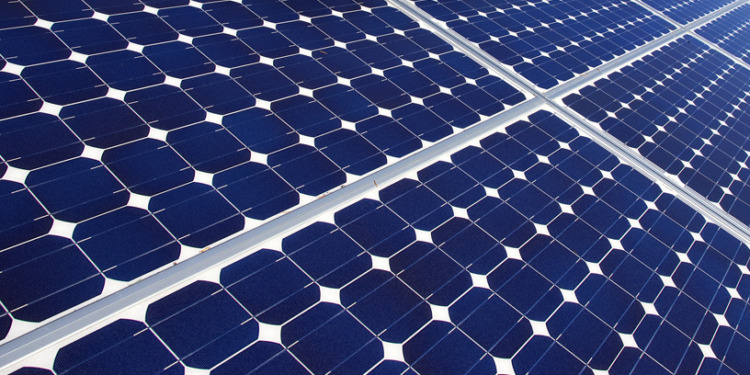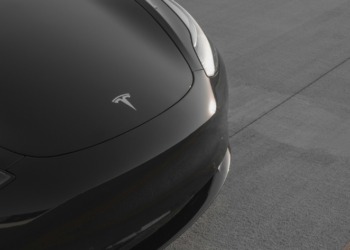Although solar energy is seen as a key to the fight against climate change, solar panels do degrade and become gradually less efficient over time — and need to be disposed of.
Most solar panels have a lifespan of around 25 years, after which it is necessary to replace old panels with new ones. With the initial boom in solar panel use emerging around the millennium, the issue of solar waste management is approaching fast.
“The world has installed more than one terawatt of solar capacity. Ordinary solar panels have a capacity of about 400W, so if you count both rooftops and solar farms, there could be as many as 2.5 billion solar panels,”
— Dr Rong Deng, solar panel recycling expert, university of New South Wales, Australia.
Further figures on the issue demonstrate how serious the situation is. According to The International Renewable Energy Agency, there could be 78 million metric tonnes of pv waste by 2050.
This is leaving many experts to worry that there could soon potentially be a waste mountain of used solar panels on the way.
It is clear that this is a looming problem about to descend on us. And it looks like China is ahead of the curve with the announcement today that it has a renewables recycling plan, and that by 2030 it will have the capacity to fully recycle solar panels. More about this below and why this issue is so important.
How Can We Recycle Solar Panels?
Currently, there are several ways of recycling solar panels, but they can be expensive and time-consuming. The problem is that they are made from several different materials, which can be difficult to separate, and that some materials can be hazardous and complex to remove. Also, the toxic elements included mean that solar panels can present dangers if sent to a landfill.
Solar panel recycling technology at the moment presents three key stages:
- Removal of the frame and junction box.
- Separation of the glass and silicon wafer through a thermal, mechanical or chemical process.
- Separation and purification of silicon cells and metals through chemical and electrical techniques.
However, although it is possible to use these methods, at the moment there is not enough infrastructure to recycle the massive amounts of materials that will be required, and it can be more costly to recycle than the value of anything recovered.
With this issue looming, many energy industry experts are calling for action to stop a potential waste mountain of solar panels being created.
Solar Panel Recycling: What can be done?
However, there is hope on the way.
To begin with, France opened some time ago — five years ago to be exact, in 2018 — Europe’s first dedicated solar panel factory. Located in Rousset near Marseille, it is designed to eventually be able to extract 99% of a solar panel’s components. It is a state-of-the-art recycling factory that will be able to recycle the glass and aluminium, and the other precious materials used in the units, to be able to make new ones.
Related Articles: For a Successful Energy Transition: Keeping Cost of Renewables Low Is Not Enough | Renewable Energy Transition: How Important Is the Power Grid? | A Just Transition Does Not Leave Anyone Behind: Clean Energy Must Be Worldwide
But China is not going to be left behind, and as one of the biggest producers of solar panels in the world, it is already focusing on solving this issue. It has already taken major steps, including regulations requiring manufacturers to be responsible for the disposal of their products, substantial investment in both recycling technologies and infrastructure, and the opening of a recycling plant that can process up to 2,000 tons of solar panels per year.
More importantly, China’s state planning agency has just announced it will have a full-process recycling system for solar panels by 2030. That means the Chinese are taking the problem seriously and actually planning for it.
But planning for it is not a Chinese prerogative. Similarly, the US Department of Energy has presented an action plan spread over five years to tackle the problem, aiming to both halve the costs of recycling and cut their environmental impact.
So it can be seen that although a very serious crisis is looming that could put the whole green transition in jeopardy — or at least slow it down — many countries are already putting effective measures in place that hopefully others will emulate.
Editor’s Note: The opinions expressed here by the authors are their own, not those of Impakter.com — In the Featured Photo: Solar panels. Featured Photo Credit: Oregon Department of Transportation.









